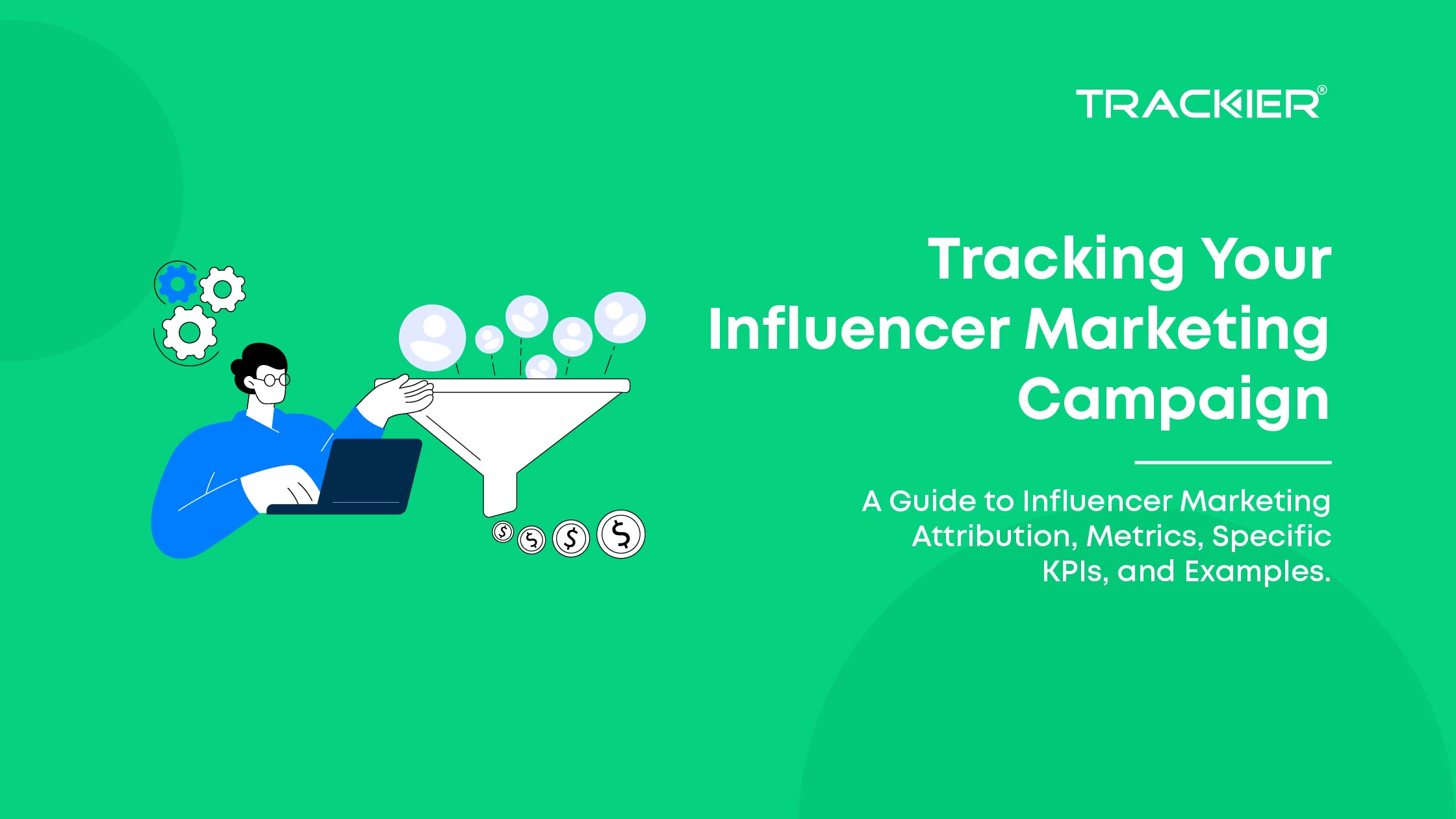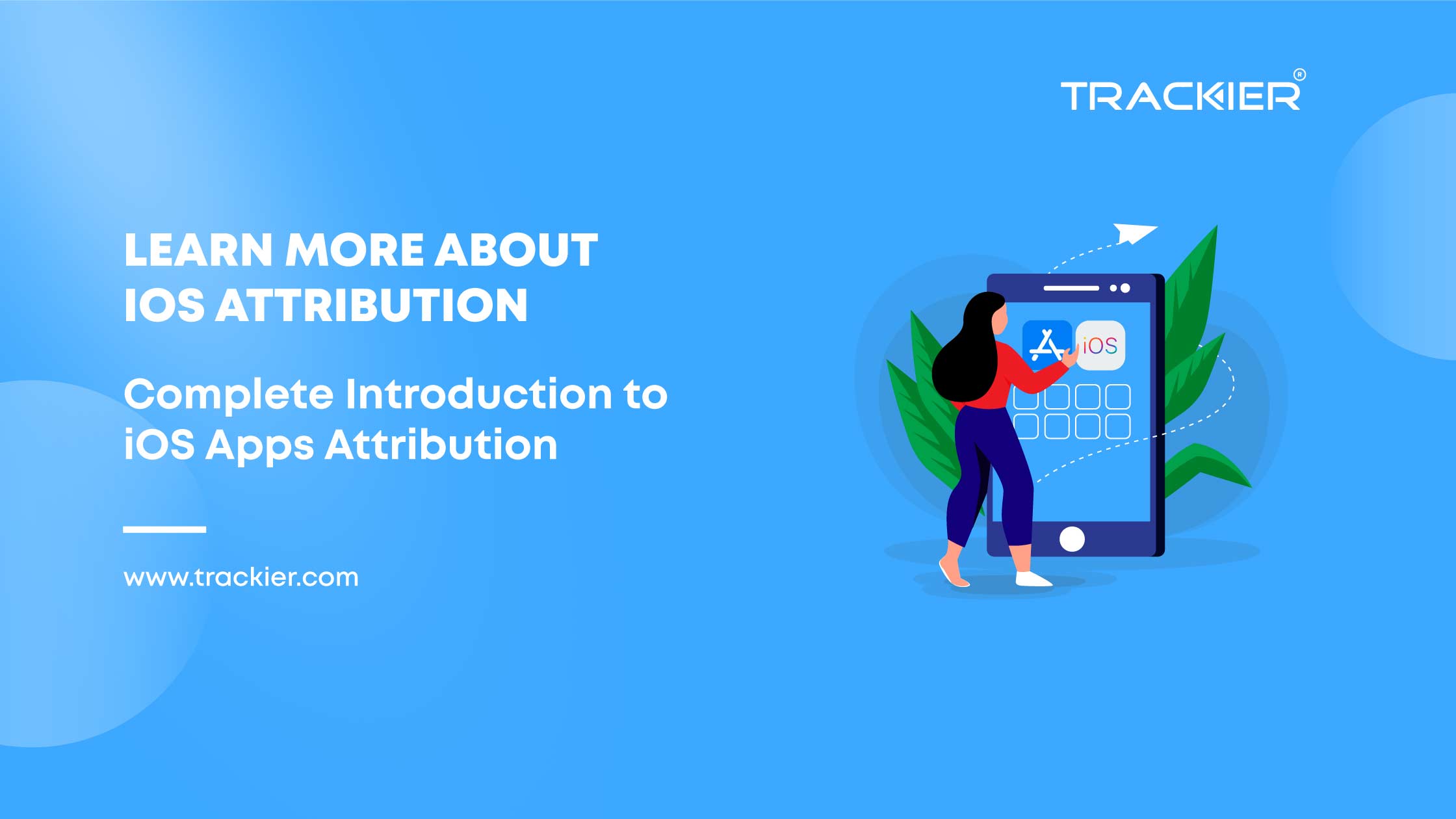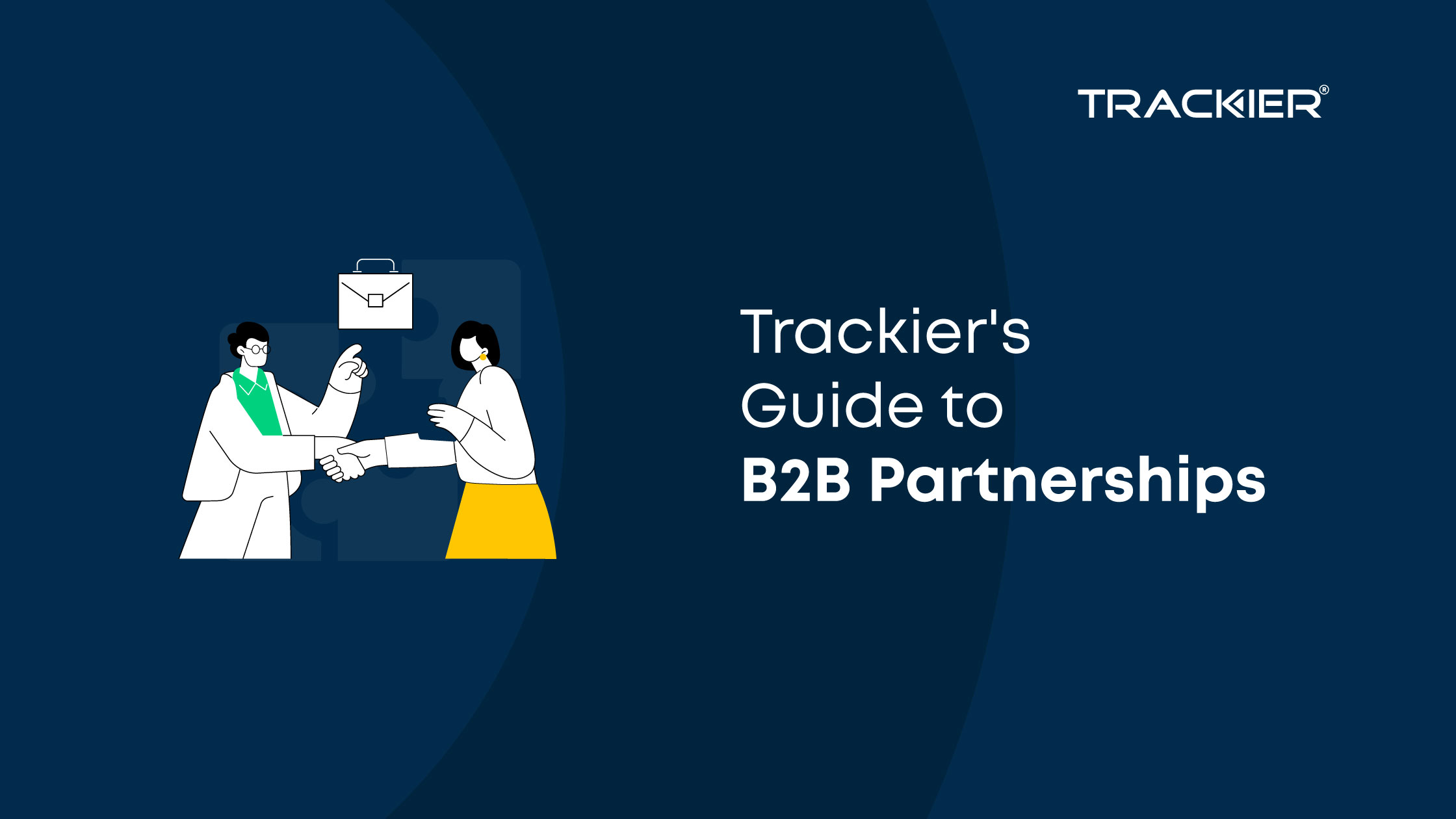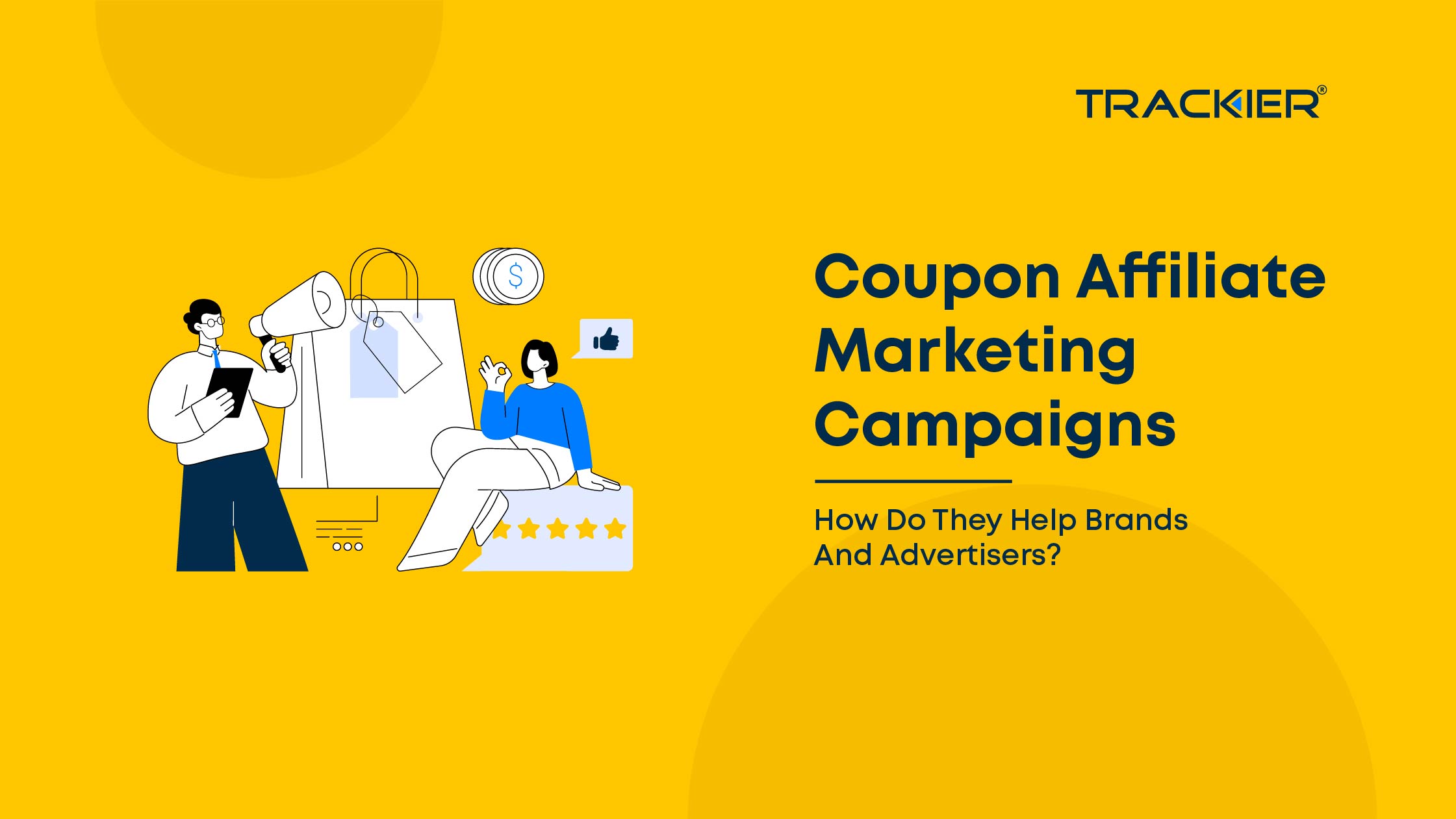Are you prepared to explore the intriguing world of iOS app attribution? As we plunge into this thorough manual, which will demystify the complexities of tracking and attributing app installs, engagements, and conversions on the iOS platform, fasten your seatbelts. Whether you’re an experienced app marketer or are just getting started, this blog article will give you the information, resources, and methods you need to successfully negotiate the challenging world of iOS app credit.
What is Mobile App Attribution?
The technique of tracking and evaluating the source of app installs or in-app activity is known as mobile app attribution. It aids mobile app marketers in comprehending which advertising efforts, marketing avenues, or ad campaigns are bringing in the most lucrative consumers to their app.
In order to attribute usage of mobile apps, tracking URLs, SDKs, and deep linking are frequently used. A tracking URL reveals the user’s push button when they click on it (e.g. a specific ad campaign or channel). After that, the SDK monitors how the user interacts with the app and links any conversions or events back to their original source.
App marketers can more efficiently spend their funds and optimize their marketing initiatives through mobile app attribution. They should concentrate on those channels and improve their efforts to produce even greater results by determining which channels and campaigns are bringing in the most valuable users. For this marketers need advanced and user-friendly mobile measurement partner like Trackier MMP.
Trackier Mobile Measurement Partner provides businesses with advanced analytics and technology that gives a clear overview of the tracking. We will further discuss in detail the iOS app attribution.
iOS VS Android App Attribution
Both iOS and Android platforms offer app attribution solutions, but there are some key differences between the two.
- Tracking Methods: iOS uses the Identifier for Advertising (IDFA) to track and identify user behavior within apps, while Android uses the Google Advertising ID (GAID). While both are unique identifiers for advertising purposes, their implementation and usage differ slightly.
- Privacy and Data Protection: iOS places a higher priority on user privacy than Android, and as a result, the platform has implemented stricter data protection policies. For example, iOS allows users to opt out of app tracking and requires apps to get user consent before accessing certain data.
Overall, while both iOS and Android offer app attribution solutions, their implementations differ in terms of tracking methods and data protection policies. Understanding these differences is essential for app developers and marketers to effectively track and analyze user behavior on their apps. Here’s more information about iOS app attribution below to give you a better understanding.
Strategies for iOS App Attribution
Identifier for Advertisers (IDFA)
IDFA stands for “Identifier for Advertisers.” It is a unique identifier that is used by iOS users to track user behavior across different apps and websites. It allows advertisers to target specific audiences and measure the effectiveness of their advertising campaigns.
In the past, IDFA was a default setting on iOS devices and users could choose to opt out of tracking through their device settings. However, with the release of iOS 14, Apple made changes to its privacy policies, requiring app developers to ask for user permission before collecting their IDFA.
The purpose of this change is to give users more control over their personal data and privacy. As a result, advertisers may see a decrease in the accuracy of their targeting and measurement, as users are more likely to opt out of tracking when given the choice.
It’s worth noting that there are other types of identifiers used for advertising and tracking purposes, such as Android Advertising ID (AAID) and cookies on web browsers. However, IDFA is no more primarily important for iOS devices, but it was the primary identifier used for mobile advertising on these devices before the iOS 14 update.
SKAdNetwork
SKAdNetwork (SKAN) is a privacy-preserving attribution framework developed by Apple that allows advertisers to measure the effectiveness of their mobile advertising campaigns without compromising user privacy. It is available on iOS devices with iOS 14 and higher.
Before SKAN attribution, mobile advertising relied heavily on the Identifier for Advertisers (IDFA) to track user behavior and measure the success of advertising campaigns. However, with the implementation of iOS 14, Apple made changes to its privacy policies and required app developers to ask for user permission before collecting their IDFA. This led to a significant decrease in the number of users who allowed their IDFA to be tracked.
To address this issue, Apple developed SKAdNetwork, which uses a privacy-preserving attribution model. Instead of relying on a user-level identifier like IDFA, SKAN uses a campaign-level identifier that is generated by the advertiser and shared with Apple. This identifier is used to attribute app installs and other post-install events to the corresponding ad campaign.
When a user clicks on an ad, the advertiser’s campaign ID is sent to the App Store, which stores it in a privacy-protected environment. When the user installs the app, the App Store sends a notification to the advertiser with information about the installation, including the campaign ID. This allows the advertiser to measure the effectiveness of their campaigns without collecting any personal data about the user.
SKAN also provides aggregated data on post-install events, such as app launches and in-app purchases, to help advertisers optimize their campaigns. This data is aggregated and reported by Apple to protect user privacy.
In order to use SKAN, advertisers must be enrolled in the Apple Developer Program and have a valid SKAdNetwork ID. They must also update their ad campaigns to include SKAN-compatible parameters and implement a server-to-server integration to receive SKAN data.
Conclusion
As you can see that with the introduction of Apple’s privacy features, such as the App Tracking Transparency (ATT) framework, app attribution has become more challenging for advertisers. Advertisers now need to obtain user consent before tracking their activity and using their IDFA for advertising purposes. To comply with Apple’s privacy policies, many advertisers are now using privacy-friendly alternatives such as SKAdNetwork, which assigns a unique identifier to an ad campaign and does not collect personal user data.
In summary, iOS app attribution is a crucial aspect of mobile app marketing that helps advertisers understand which campaigns are driving the most installs and user engagement. With the increasing focus on user privacy, advertisers need to use privacy-friendly attribution methods to comply with Apple’s policies and protect user data.
Feel free to reach out to us for more information!















